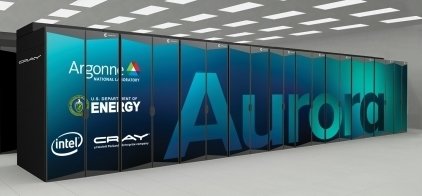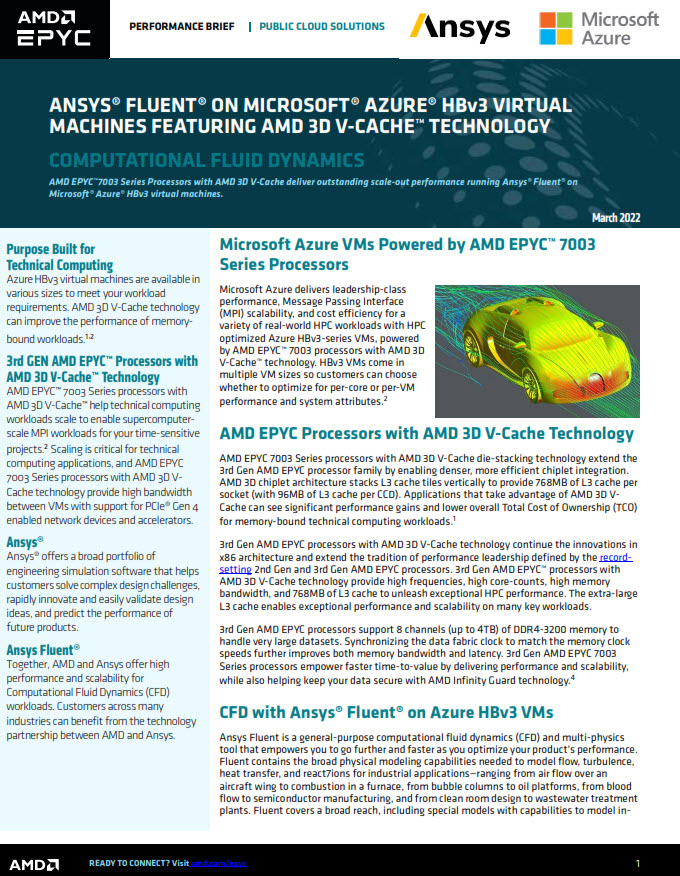 The rumors had begun to cirulate – October is near, that starts the fourth quarter, 2023 isn’t far behind, all of which means Intel is coming up against a hard deadline to deliver its delayed Aurora exascale-class supercomputer to Argonne National Laboratory by the end of the year. Is another delay in the offing?
The rumors had begun to cirulate – October is near, that starts the fourth quarter, 2023 isn’t far behind, all of which means Intel is coming up against a hard deadline to deliver its delayed Aurora exascale-class supercomputer to Argonne National Laboratory by the end of the year. Is another delay in the offing?
Then, yesterday, Intel tweeted out:
“Server blades with Intel 4th Gen Xeon and Ponte Vecchio, which uses Intel’s most advanced IP and packaging technology, are now shipping to Argonne National Labs to power the Aurora supercomputer!”
The tweet was backed by comments to the same effect from CEO Pat Gelsinger at the Intel Innovation conference.
The Aurora saga has been a doozy. Two separate Intel systems called Aurora, one of them a pre-exascale system to have been delivered in 2018 (hence its code name “A18”) and the other to have been the first U.S. exascale system delivered in 2021 (“A21”), were delayed, with A21’s delivery updated to this year (see this 2021 posting by Argonne). As a result, the HPE Cray-built and AMD-powered Frontier system, delivered last year to Oak Ridge National Laboratory, took the honors earlier this year as the first U.S., and the world’s first, exascale system as measured on the HPL benchmark. It also sits atop the the TOP500 list of the world’s most powerful HPC systems.

Sapphire Rapids (credit: Intel)
While HPE-Cray was the prime contractor for Frontier, Intel is the prime for A21, with HPE-Cray as backup. The system is being built on the HPE Cray EX supercomputing architecture and powered by Intel Ponte Vecchio GPUs and the “Sapphire Rapids” 4th Gen Xeon CPUs, Intel’s new data center server processor. Hold-ups in the deliveries of both chips have, in turn, held up Aurora.
Now the two chips apparently are on their way within blades to Argonne. But does that end concerns about the full system’s delivery by the end of the year? To be sure, Intel about six months ago hedged on hitting its year-end 2022 schedule, saying delivery may happen early next year. And of course, boxes of blades do not a system make. We know that Oak Ridge, HPE and AMD encountered major challenges getting the Cray Slingshot fabric to function properly within Frontier. Will Aurora present similar system problems?
While the $500,000 million Aurora price tag is small potatoes in the big picture of Intel’s annual revenues, Aurora represents prestige and credibility – the getting or losing of it – for the company. It’s a measure of the reputational stakes on the line that Argonne is one of the first customers to receive shipments of Sapphire Rapids processors. Otherwise, they are available on the Intel DevCloud, which offers free access to clusters with the latest Intel hardware and software.

Ponte Vecchio (credit: Intel)
We can speculate that Gelsinger himself takes the Aurora stakes personally – much as AMD CEO Lisa Su said last month at Oak Ridge at the Frontier ribbon cutting ceremony. If another significant Aurora delay happens, it would support the narrative that Intel is getting out-innovated and out-executed by AMD and NVIDIA. But if Aurora arrives on schedule (within reasonable time limits), it could be seen as a sign that Gelsinger is moving the company on a better course. Leadership supercomputing is a relatively small market in the technology industry , but success within it says a lot about the technological prowess of the companies competing in it.




